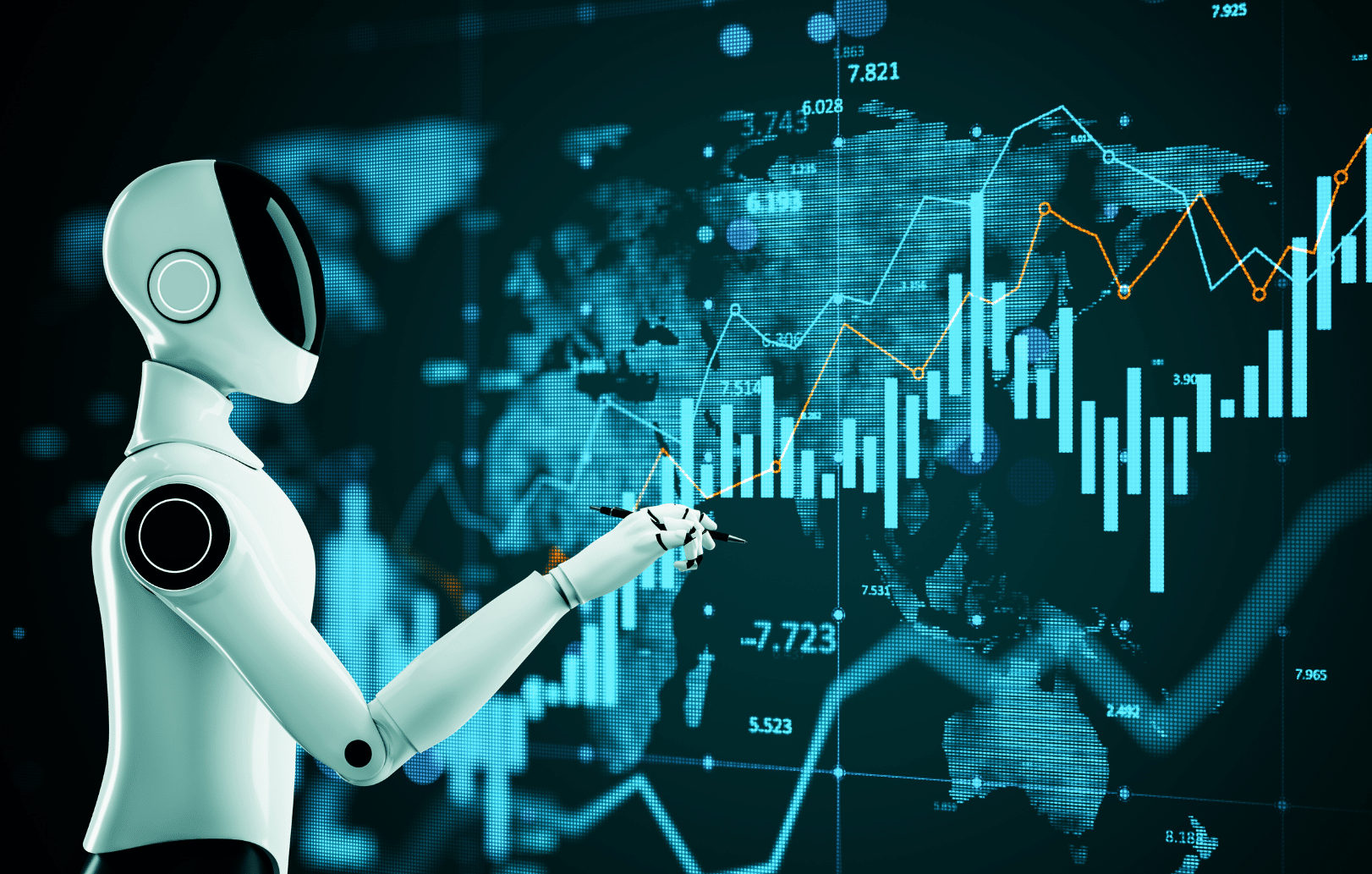The Content Gap Every Business Struggles With
We talk to a lot of small business owners about content, and we hear the same thing: “We know we should be posting, but we can never keep up.”
It’s not because they don’t care. It’s because producing good content is actually difficult. Researching and coming up with new ideas takes energy, and then outlining takes time. Editing, optimizing, publishing, creating visuals, and then sharing them with the world can become exhausting. What starts as an exciting initiative often fades out after a few posts because the workload is relentless.
Yet the worst part is that this inconsistency is exactly what stops businesses from dominating online. Google rewards websites that publish an abundance of highly relevant content consistently.
The businesses that figure out how to keep their content pipeline flowing are the ones that earn visibility, authority, and eventually, customers.
Why Daily Content Matters More Than Ever
For years, publishing one or two blog posts a month was considered enough. That’s no longer the case. The digital landscape has shifted, and search engines now prioritize sites that update more frequently.
When you publish daily, several things happen at once. Search engines crawl your site more often and recognize you as an active resource. You cover more search terms, giving you a wider net to capture organic traffic. You build topical authority by covering your industry from every angle, which makes it harder for competitors to outrank you. And over time, you create an archive of content that works like a long-term investment.
Think of each blog post as a deposit in your marketing bank account. One deposit won’t change much. Hundreds of deposits compound into something powerful. Three posts a day is like making contributions on turbo mode.
The Reality Check: Why Most Businesses Can’t Keep Up
Let’s be honest. Writing 21 blog posts a week is not realistic for most companies. Even a dedicated in-house writer would struggle to maintain that pace without burning out. The average post takes hours to research, draft, edit, and optimize. By the time you factor in publishing and distribution, the process becomes unsustainable.
That’s why many businesses end up in one of two traps. Either they publish inconsistently and hope it’s “good enough,” or they outsource to freelancers who churn out generic content that doesn’t reflect their brand or move the needle for SEO. In both cases, the effort doesn’t match the opportunity.
What’s missing is a system. Without a process that can deliver quality at scale, businesses will always find themselves stuck in the cycle of starting strong and fading fast.
Building a System for Scalable Content
If you step back and look at what it really takes to produce content at scale, it becomes clear that it’s not just about writing faster. It’s about building a repeatable system that takes the pressure off individuals and keeps the process moving no matter what.
That system starts with strategy. You need a content map that outlines the core topics, services, and questions your business should cover. From there, you need a way to generate consistent ideas, draft them quickly, refine them into polished articles, and publish them without bottlenecks. Every step of the workflow has to be designed for efficiency and consistency.
This is where technology has changed the game. AI can now handle much of the heavy lifting in research and drafting, while humans step in to guide strategy and polish the final product. The businesses that embrace this hybrid approach are the ones finding ways to scale their content output without sacrificing quality.
What Three Posts a Day Really Looks Like
Picture a website that adds three new posts every single day. Each article builds on the last, weaving together a network of internal links that point back to your core services. Instead of isolated content, you create clusters of authority around your industry.
Over the course of a month, that’s 90 new opportunities to show up in search. Over the course of a year, it’s more than 1,000. Each piece continues to work for you long after it’s published.
The impact isn’t just about traffic, either. When potential customers visit your site and see a library of fresh, relevant content, it signals credibility. You’re no longer just another provider. You’re a trusted resource.
Where g!Stream™ Fits Into the Picture
At gotcha!, we built g!Stream™ because we saw how often businesses failed to unlock this opportunity. They understood the value of content but couldn’t execute at scale.
g!Stream™ changes that by acting as a fully managed content engine. Instead of struggling to produce posts yourself, you hand off the process entirely. We start by mapping your services and brand voice, then build a pipeline of content that aligns with your goals. Posts are generated, refined, optimized, and published automatically, three times a day, every day.
The result is a website that stays active, authoritative, and competitive without draining your time or resources. What once felt impossible becomes routine.
The Takeaway
Content is no longer optional if you want to grow online. But the businesses that win aren’t the ones who dabble. They’re the ones who publish consistently, build authority, and compound results over time.
Three blog posts a day might sound like a dream. With the right system, it’s not only possible, it’s the new standard.
If you’re ready to see what a daily content engine could do for your business, it might be time to look at g!Stream™.








